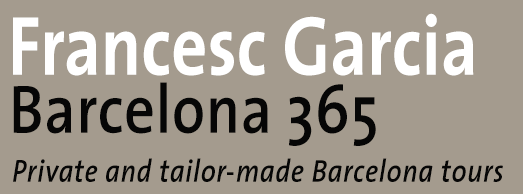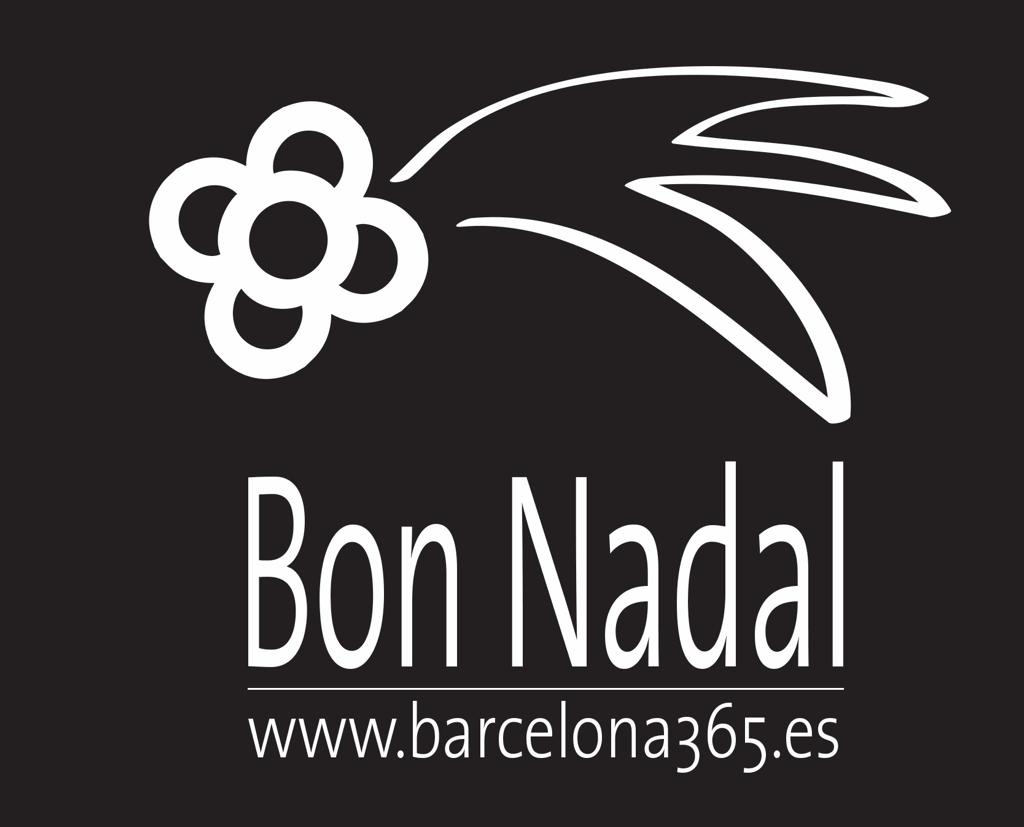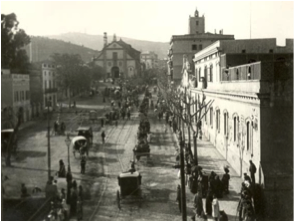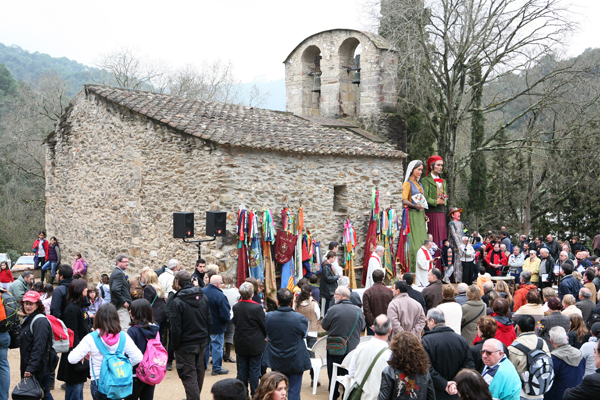Festivities
Why Pentecost or Corpus day are not always celebrated the same day of the year?
https://barcelona365.info/wp-content/themes/osmosis/images/empty/thumbnail.jpg 150 150 Barcelona365 Barcelona365 https://barcelona365.info/wp-content/themes/osmosis/images/empty/thumbnail.jpgThere are a lot of festivities while the year, and usually all of them are the same day each year (which makes it easier to be remembered) but there are some of them that change every year. Why?
One of them is Carnival, but not only, even Lent, Easter, Pentecost, Ascension and Corpus day are celebrated different days every year.
To understand why, we have to know that all these festivities are Catholic.
Maybe you like or not the Catholic religion or maybe you don’t like any kind of religion, but I have learnt that to know why things are done in some way, we have to understand the local traditions and the religion is maybe the most important one. So, when we travel, it’s important we learn basic thinks of the local religion, whatever is the religion that they follow or have followed. In my country we have a deeply Catholic tradition, but it’s the same when we travel to a country where they follow Buddhist; Muslim; Jewish or other kind of religion.
So we were saying that Carnival, Lent, Easter, Pentecost, Ascension and Corpus day are related. All of them turn around Holy Sunday, when Christians remember the Resurrection of Jesus. I would say, this and Nativity are the most important days for a Catholic.
Well, to choose which of the 52 / 53 Sundays of the year will be Holy Sunday, it’s always the first Sunday after the first full moon of spring. As you know spring starts on March 20th or 21st and is the season where everything revive.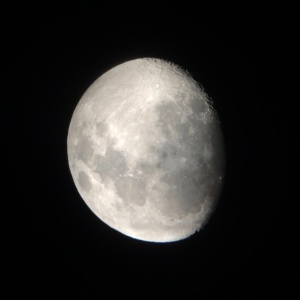
Once we know which one is Holly Sunday, it’s easy. As we said the rest of the dates turn around Holly Sunday. So:
- Easter is the week before that Sunday.
- Lent is the 40 days before Easter, which is the time that Christians remember that Jesus spent 40 days in the dessert before to arrive to Jerusalem.
- And before the 40 days of Lent we have Carnival, which is the week of excess, when everything is allowed (to eat, parties…) considering that after it there are 40 days of sacrifice. The week of Carnival starts on Thursday and finishes on Wednesday.
- Pentecost is celebrated 50 days after Holy Sunday
- finally Corpus day is 10 days after Pentecost, so 60 days after Holy Sunday.
So, next time, when you complain about the dates of Easter to prepare your trip, blame to the moon!
Merry Chistmas! Buon Natale! Bon Nadal! Feliz Navidad!
https://barcelona365.info/wp-content/themes/osmosis/images/empty/thumbnail.jpg 150 150 Barcelona365 Barcelona365 https://barcelona365.info/wp-content/themes/osmosis/images/empty/thumbnail.jpgSaint Medir Festivity – March 3rd
https://barcelona365.info/wp-content/themes/osmosis/images/empty/thumbnail.jpg 150 150 Barcelona365 Barcelona365 https://barcelona365.info/wp-content/themes/osmosis/images/empty/thumbnail.jpgMarch 3rd, is Saint Medir, the patron saint of the neighbourhood of Gracia in Barcelona. A big festivity!
But when it started? Why they celebrate it and what they do.
The legend of Saint Medir is linked with another saint: Saint Sever. From 303 to 313 the big Christians persecutions in the whole Roman Empire took place. The persecutions were ordinated by the Emperor Diocletian. But with the new emperor Constantine, not only the persecutions were stopped but also the Christian religion was allowed in the Roman Empire. As only few years were passed, citizens still remembered where these martyrs were died, buried and his story. From these moments we have a big number of Saints in Europe.
So, what happen with Saint Sever and Saint Medir in this period?
Saint Sever was the bishop of Barcelona while the Christian religion wasn’t allowed and when romans soldiers persecuted him, he escaped toward Saint Cugat. In his way he met Saint Medir. He was a farmer and in this moment he was just planting broad beans. At the afternoon the broad beans have unusually grown up two meters. When the romans soldiers arrived ask him if he had seen Saint Sever. He didn’t wanted to lie, and said “when I saw him I was planting these broad beans”. Romans soldiers thought he was playing with them and they kill him. Later they found Saint Sever and kill him as well.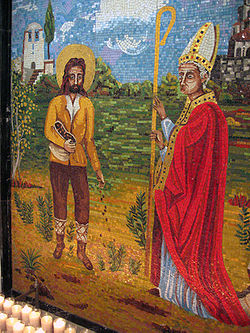
And why every March 3rd they go in procession to the hermitage of Saint Medir?
In 1828, a master backer who lived in Gran de Gracia, 111 was very ill and promise to Saint Medir that if he was recovered of his illness, next year he would walk to his hermitage accompanied of someone. He recovered and he accomplished his promise. First year with two friends, next year with more people. And when he saw how the moment was expected and how many people jpin them, he, as a baker, carried candies and while the procession, he presented them to children.
The tradition was just started, because they repeated it every year and now every March 3rd people from Gracia do this procession to Saint Medir hermitage and thousand of candies are thrown to children. The association of Saint Medir is the biggest one of Gracia.
Live Nativity at Catalonia
https://barcelona365.info/wp-content/themes/osmosis/images/empty/thumbnail.jpg 150 150 Barcelona365 Barcelona365 https://barcelona365.info/wp-content/themes/osmosis/images/empty/thumbnail.jpgAt Christmas one of the well know Spanish traditions is to represent at home the crib of Bethlehem: the manger. These representations can be huge and very elaborated. There are different places where you can admirer these works.
But besides, recently it has become very popular to represent the “Live Nativity”, where you can walk trough the streets of several villages in Catalonia to watch how actors represent different scenes of the Nativity.
Although that it’s said that Saint Francesc d’Assisi represented the first Live Nativity in the XIII century, in Catalonia it’s represented from 1959. The first time in Castell d’Aro. Nowadays there are several places.
It’s the perfect activity to enjoy in family and children. But before to organize your visit, check the dates and timetable.
Here you have two examples: at Poble Espanyol (in Barcelona), at Corbera (different reasons have made to consider these one as the best one in Catalonia: you can walk inside the performance; there are more than 200 actors; and every year it’s different).
Christmas Markets and The Three Kings’ Parade
https://barcelona365.info/wp-content/themes/osmosis/images/empty/thumbnail.jpg 150 150 Barcelona365 Barcelona365 https://barcelona365.info/wp-content/themes/osmosis/images/empty/thumbnail.jpgChristmas Markets
These days there are a lot of open-air markets in Barcelona. One of the most famous maybe is the Santa Lucia Market, finished now. That market is celebrated in front of the Cathedral and is well known to buy decorations for Christmas.
But one of those markets that you can still see is in Gran Via. As you know we have a special devotion for the three wise men rather Saint Klaus, and this market will be open until January 6th.
The Three Kings’ Parade
The night more awaited by children. When the three Kings arrive to Barcelona, before to leave their gifts to little ones, they cross the city in a great parade. To see the face of children when they are in front of their king is the best. Don’t miss it!
What to do in Christmas / New Year Eve in Barcelona?
https://barcelona365.info/wp-content/themes/osmosis/images/empty/thumbnail.jpg 150 150 Barcelona365 Barcelona365 https://barcelona365.info/wp-content/themes/osmosis/images/empty/thumbnail.jpgIf you have decided to spend in Barcelona this New Year Eve and you don’t know where to celebrate this special moment, maybe you would like the new option offered by the City: to celebrate it in the Magical Fountains. Here you have the timetable and what are you going to see: Barcelona New Year Eve
By the way, don’t forget your 12 grape berries, one of the most popular traditions we have.
———————-
If you are here these days you you will go sightseeing in Barcelona, our museums and our monuments. To visit the city a Private Tour Guide will give you a quickly and complete idea of it. And for the museums here you can see their timetables and when they are free of charge.
Happy New Year – Feliç Any Nou – Feliz Año Nuevo
Jan 17th – The festivity “Els Tres Tombs”
https://barcelona365.info/wp-content/themes/osmosis/images/empty/thumbnail.jpg 150 150 Barcelona365 Barcelona365 https://barcelona365.info/wp-content/themes/osmosis/images/empty/thumbnail.jpg On Saint Anthony Abat, January 17th, we celebrate “Els 3 Tombs” (the 3 turns). Saint Anthony Abat is the patron Saint of the animals, but those with round feet. It’s a Catholic tradition. Those animals are blessed the nearest Sunday to that date and they make them turn around the villages 3 times. In the past they used to do that around Saint Anthony Church or around his image. At that time, more draft animals came to that festivity because they were the coach engines. Still today, old coaches attend the celebration but people come with their pets too: dogs, cats…
On Saint Anthony Abat, January 17th, we celebrate “Els 3 Tombs” (the 3 turns). Saint Anthony Abat is the patron Saint of the animals, but those with round feet. It’s a Catholic tradition. Those animals are blessed the nearest Sunday to that date and they make them turn around the villages 3 times. In the past they used to do that around Saint Anthony Church or around his image. At that time, more draft animals came to that festivity because they were the coach engines. Still today, old coaches attend the celebration but people come with their pets too: dogs, cats…
This and next Sunday you can see that tradition in a lot of villages and in the Saint Anthony district of Barcelona.
What is celebrated in Catalonia on September 11th?
https://barcelona365.info/wp-content/themes/osmosis/images/empty/thumbnail.jpg 150 150 Barcelona365 Barcelona365 https://barcelona365.info/wp-content/themes/osmosis/images/empty/thumbnail.jpg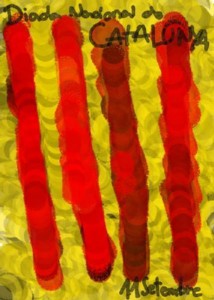 In the Succetion Spanish War the Aragon Crown bet on Charles of Austria in order to recover the politic power Aragon had had before joining Castilla. On the other hand the Bourbon saw the opportunity to enlarge his hegemony in Europe if they would occupy the Spanish Throne. This would affect the European stability and different countries took part in the Thirty years’ War. In the end England abandoned the conflict, leaving the Aragon Crown alone in front of the franc-Castilian army.
In the Succetion Spanish War the Aragon Crown bet on Charles of Austria in order to recover the politic power Aragon had had before joining Castilla. On the other hand the Bourbon saw the opportunity to enlarge his hegemony in Europe if they would occupy the Spanish Throne. This would affect the European stability and different countries took part in the Thirty years’ War. In the end England abandoned the conflict, leaving the Aragon Crown alone in front of the franc-Castilian army.
The opposition was hard and in 1713 the franc-Castilian army sieged of Barcelona city. The city with an army of 5000 soldiers didn’t surround, it maintained the siege 13 months, until on September 11 of 1714 when the franc-Castilian army crossed the city walls with 40000 soldiers. At that point the city decided to offer resistance street by street. Many of them died. And even the enemy chronicle speaks about the braveness of the citizens. Finally Barcelona felt and one year later Mallorca and Menorca did.
The punishment was great and the Institutions of the Crown, the Nation, the Laws, the Catalan language… were abolished or forbidden by the Decree of Nueva Planta. All power would be centralised from Madrid.
At beginning of the XX century, Catalonia adopted this September 11 as its National Day. It’s celebrated the braveness thought which they fought and Institutions are recalled which Catalonia and the Aragon Crown had possessed until then.
“Caga Tió” and the Epiphany’s day in Catalonia
https://barcelona365.info/wp-content/themes/osmosis/images/empty/thumbnail.jpg 150 150 Barcelona365 Barcelona365 https://barcelona365.info/wp-content/themes/osmosis/images/empty/thumbnail.jpg In a lot of countries, different Christmas characters bring presents to children and adults. In Catalonia we have two of them.
In a lot of countries, different Christmas characters bring presents to children and adults. In Catalonia we have two of them.
On December 24th we do the “Caga Tió”. The Tió is a log which appears in the living room’s homes before Christmas. Children feed it with pieces of fruit every day, but on the 24th afternoon, after singing Christmas carol as part of the crib, they hit with a stick and at the same time they sing a song asking that character to defecate cookies, neules and torrons (Christmas suits) and some little presents.
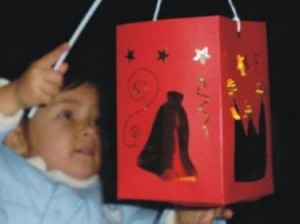 On the other hand, the biggest day is the Epiphany’s day, on January 6th. We commemorate when the Tree Wise Men (the Magic Kings) went to see Christ to worship and present him with gold, incense and myrrh. Previously, children write the “Carta als Reis” (a letter to the Magic Kings asking them to fulfill their wish) and they bring their letters to the Royal Page (his assistance).
On the other hand, the biggest day is the Epiphany’s day, on January 6th. We commemorate when the Tree Wise Men (the Magic Kings) went to see Christ to worship and present him with gold, incense and myrrh. Previously, children write the “Carta als Reis” (a letter to the Magic Kings asking them to fulfill their wish) and they bring their letters to the Royal Page (his assistance).
Besides, in those days children gather to build the Nativity lanterns with which they go out to the street to have the “Crida als Reis” (they light the way for the Magic Kings and sing popular songs). On January 5th afternoon, all children and parents attend the Epiphany Parade (cavalcade) to see how the tree Wise Men accompanied by their pages and assistance, arrive to the city, walk around with majestic carriages and throw away candies (I leave you a video).

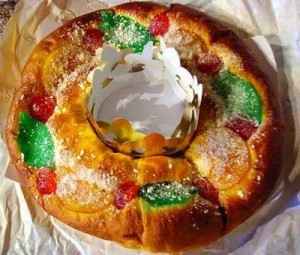 The Epiphany is a day to meet the loving people and we eat the “Tortell de Reis” (kings’ doughnut) in which two little figures are hidden: anyone who finds the king figure will have the right to keep the crow which is in the centre. Whoever finds the broad been will pay for the kings’ doughnut.
The Epiphany is a day to meet the loving people and we eat the “Tortell de Reis” (kings’ doughnut) in which two little figures are hidden: anyone who finds the king figure will have the right to keep the crow which is in the centre. Whoever finds the broad been will pay for the kings’ doughnut.
Shall you tell me same details about your Christmas?
- 1
- 2
